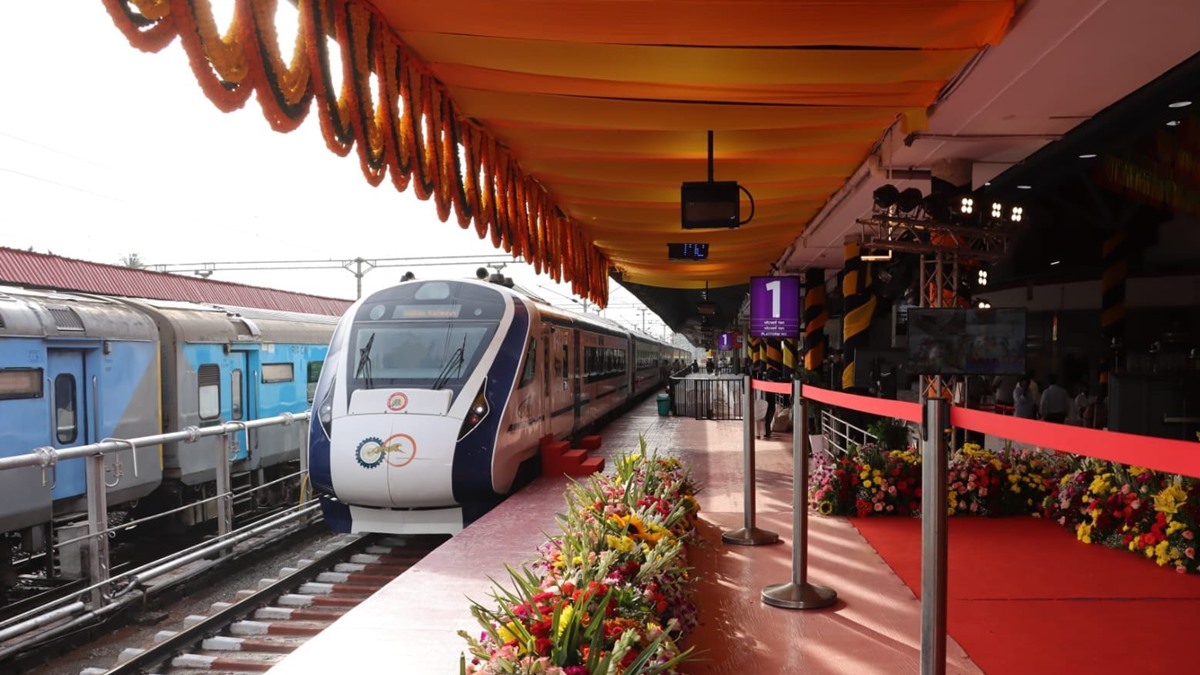
Sensors in space can detect nuclear blasts globally
Washington, July 20 : Sandia - a National Nuclear Security Administration laboratory in the US, has sent a collection of sensors in space to detect and triangulate airborne or space-based nuclear explosions anywhere they may occur in the world.
Sensors have to be ready to detect a real explosion, and do so through a forest of potential false alarms: There are lightning bolts that occur more than once per second, energetic particles from the Van Allen radiation belt that collide with electronics on the satellite, a welter of "noise" from cell phone communications, and meteors.
Sandia, which has a long history of developing components of the nuclear detonation detection system, in cooperation with the US Air Force, is now sending sensors into space to detect nuclear blasts globally.
Sandia is a multiprogram laboratory operated by Sandia Corporation, a Lockheed Martin company, for the US Department of Energy's National Nuclear Security Administration.
According to Sandia National Laboratories project chief engineer Steve Yearout, "What was tricky in the early sensor placements is that we did not have a good idea what our observations of the environment would look like from the standpoint of space. Looking at Earth with sensors was new and not well understood - the background noise, the clutter."
Sandia provides optical and electromagnetic pulse (EMP) sensors, radio frequency equipment, and the main processors that coordinate all commands, as well as return sensor output back to ground. Los Alamos National Laboratory provides X-ray and particle detectors.
"We also have a state-of-health telemetry system that allows us to see how our system is functioning," said Yearout.
Perfectly synchronized atomic clocks on all satellites mean that telemetry, geometry, and computer programs working together can accurately define the position of any point of interest, whether a lightning bolt or a nuclear explosion.
Difficult as it is to test equipment without the environment in which it will be used, the Sandia group's sensor packages have performed exceptionally well over the years.
This success includes surviving one faulty rocket that exploded on takeoff in the 1980s. A number of the sensors survived and were still operable.
The sensor components are delivered by Sandia to an Air Force contractor, either Boeing or Lockheed Martin, to integrate onto the GPS satellite package.
The Air Force launches GPS satellites from Cape Canaveral, Florida, and then, once in orbit, the sensor components are switched on remotely by Yearout and his teammates from Sandia, LANL (Los Alamos National Laboratory), and the US Air Force.
The next launch is scheduled for October this year.
ANI


 Click it and Unblock the Notifications
Click it and Unblock the Notifications















